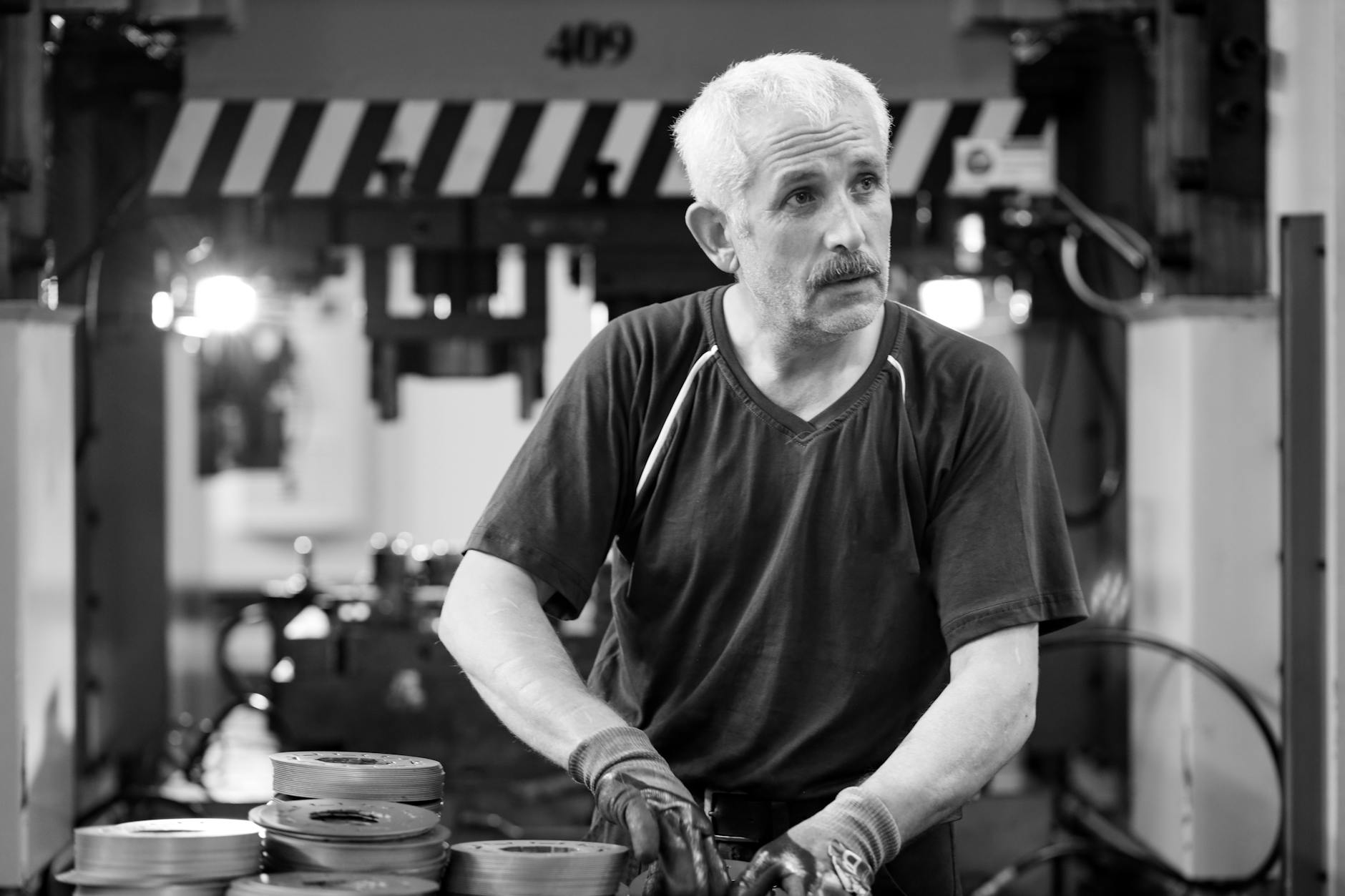- Understanding Exoskeletons
- Benefits of Exoskeletons
- Applications of Exoskeletons
- Future Trends and Considerations
Exoskeletons: Enhancing Worker Strength for Safety
In today’s industrial and manufacturing sectors, safety and efficiency are paramount concerns. Employers are constantly seeking ways to enhance worker safety and productivity while reducing the risk of workplace injuries. One innovative solution that is gaining popularity is the use of exoskeletons. These wearable devices are designed to augment human strength, reduce fatigue, and prevent musculoskeletal injuries. In this article, we will explore the benefits of exoskeletons in enhancing worker strength and safety.
Understanding Exoskeletons
Exoskeletons, also known as exosuits or powered armor, are wearable devices that are worn on the body to provide mechanical assistance and support. These devices are typically made of lightweight materials such as carbon fiber and feature robotic components that augment the wearer’s strength and endurance. Exoskeletons can be passive, providing support without powered assistive components, or active, using motors and sensors to enhance the wearer’s movements.
Benefits of Exoskeletons
One of the primary benefits of exoskeletons is the reduction of physical strain on workers. By providing mechanical assistance to muscles and joints, exoskeletons can help workers lift heavy objects, maintain proper posture, and perform repetitive tasks with reduced effort. This not only enhances worker strength and endurance but also reduces the risk of musculoskeletal injuries such as strains and sprains.
Exoskeletons also improve worker productivity by minimizing fatigue and increasing work efficiency. By reducing the physical strain on workers, exoskeletons enable them to perform tasks more comfortably and for longer periods without experiencing exhaustion. This can lead to higher productivity levels and improved job satisfaction among employees.
Applications of Exoskeletons
Exoskeletons find applications in various industries, including manufacturing, construction, logistics, and healthcare. In manufacturing settings, exoskeletons can assist workers in lifting heavy objects, assembling components, and performing repetitive tasks on assembly lines. In construction, exoskeletons can help workers carry heavy loads, reduce the risk of back injuries, and improve overall work efficiency.
In logistics and warehousing, exoskeletons can enhance the efficiency of order picking, loading, and unloading tasks by reducing physical strain on workers and improving ergonomics. In healthcare, exoskeletons are used to assist patients with mobility impairments and to aid healthcare professionals in tasks that require lifting and positioning patients.
Future Trends and Considerations
As the technology behind exoskeletons continues to evolve, we can expect to see more advanced and customized solutions tailored to specific industries and tasks. Companies are investing in research and development to create exoskeletons that are lighter, more comfortable to wear, and provide greater flexibility and range of motion.
However, there are considerations that employers need to take into account when implementing exoskeletons in the workplace. Proper training is essential to ensure that workers know how to use exoskeletons safely and effectively. Employers should also consider ergonomic factors, such as the fit and adjustability of exoskeletons to individual workers, to maximize the benefits of these devices.
In conclusion, exoskeletons are revolutionizing the way we approach worker safety and efficiency in various industries. By enhancing worker strength and reducing physical strain, exoskeletons not only improve productivity but also contribute to a safer work environment. As technology advances and adoption grows, exoskeletons are set to become an integral part of the modern workplace, enhancing the capabilities of workers and ensuring a healthier and more productive workforce.


